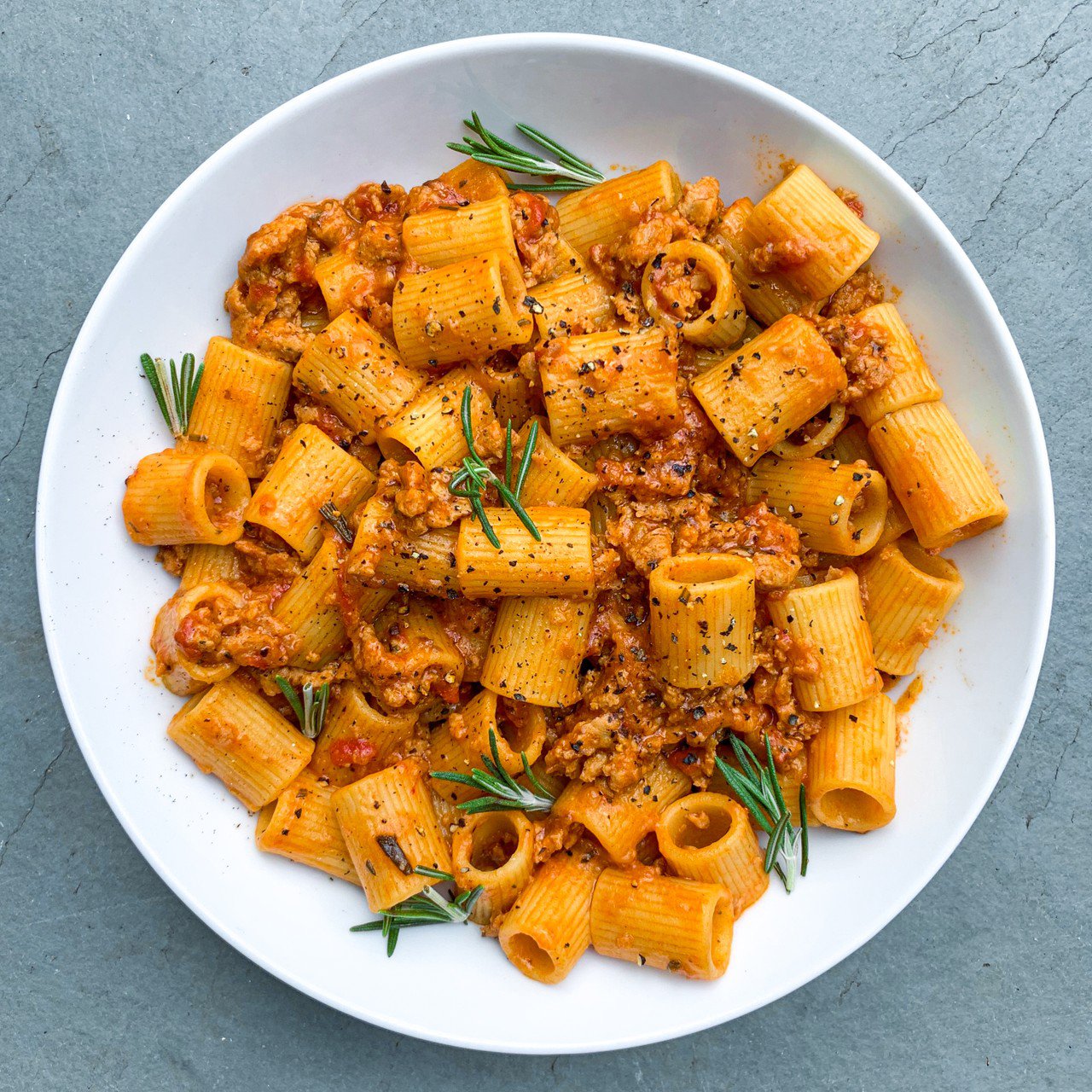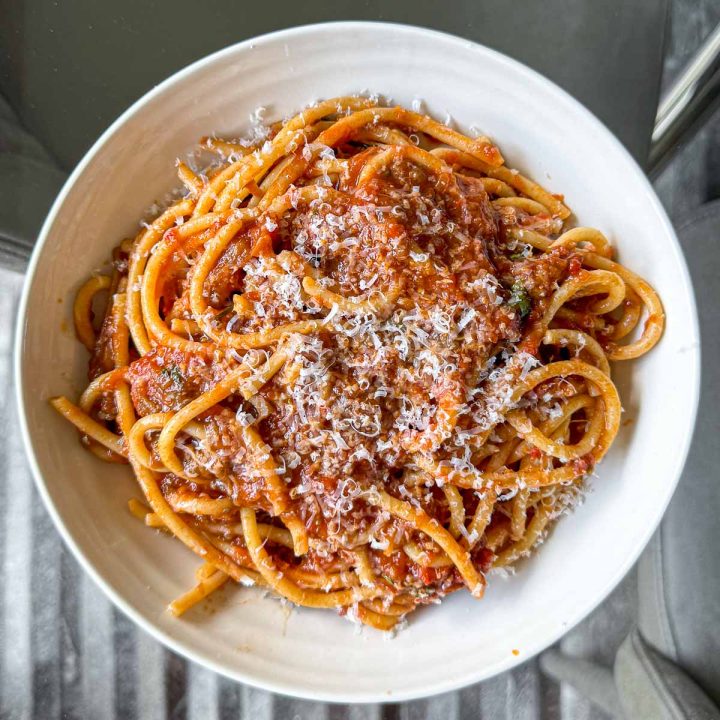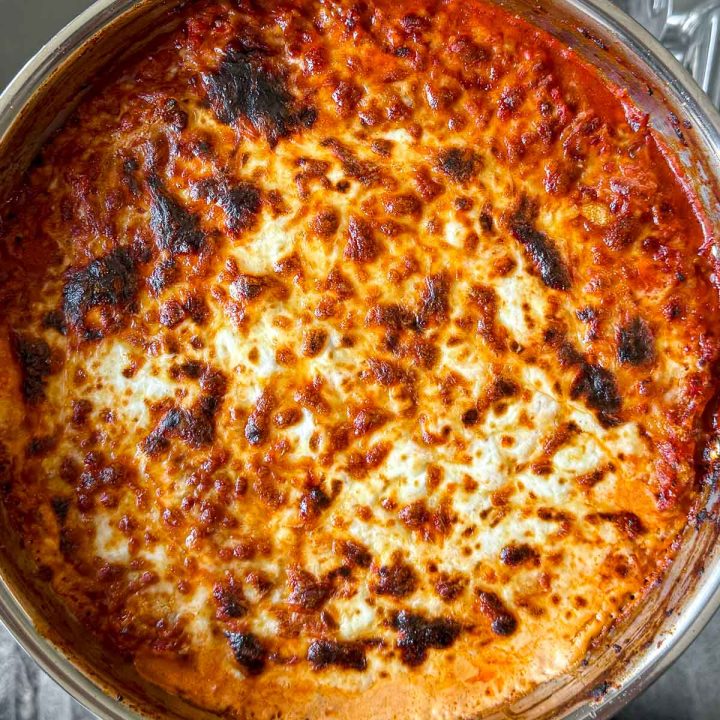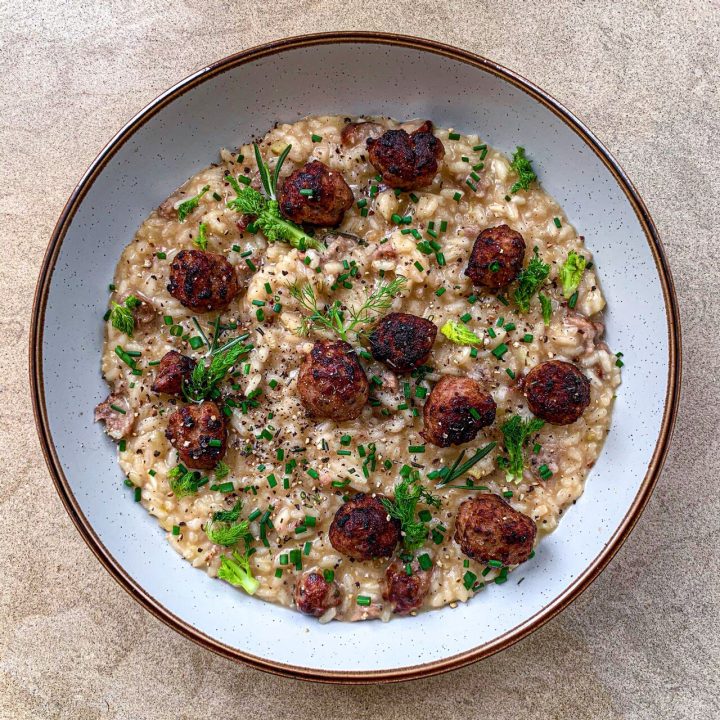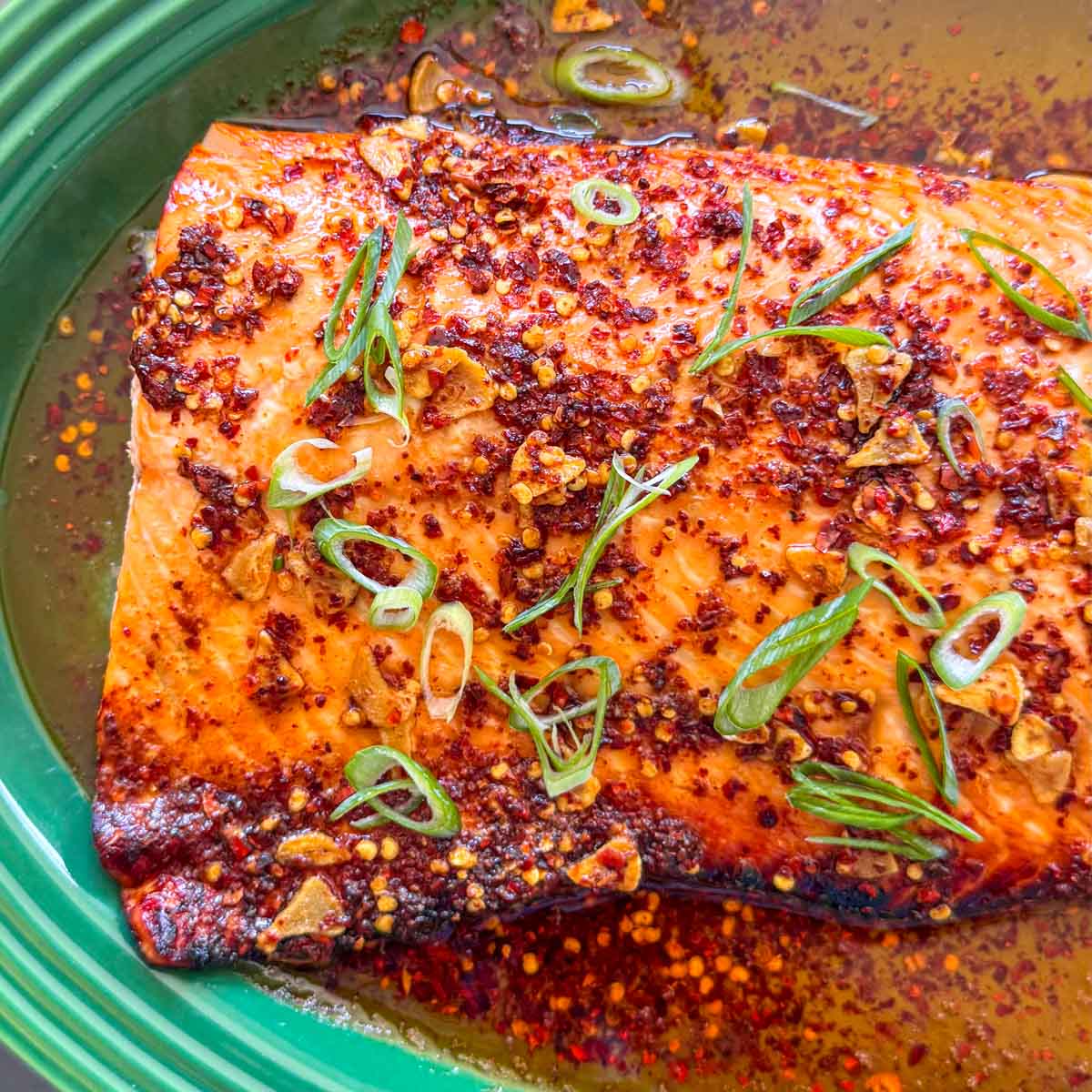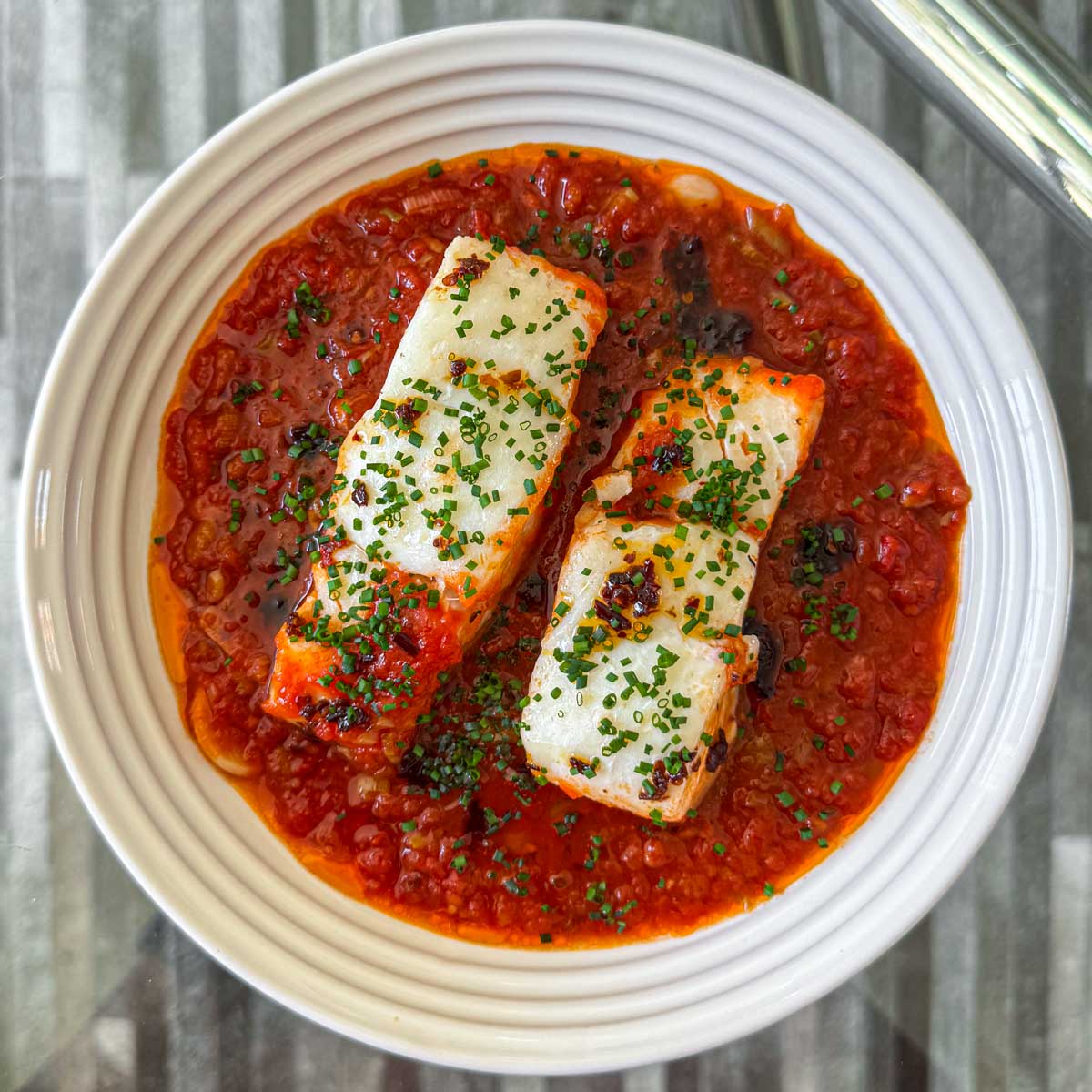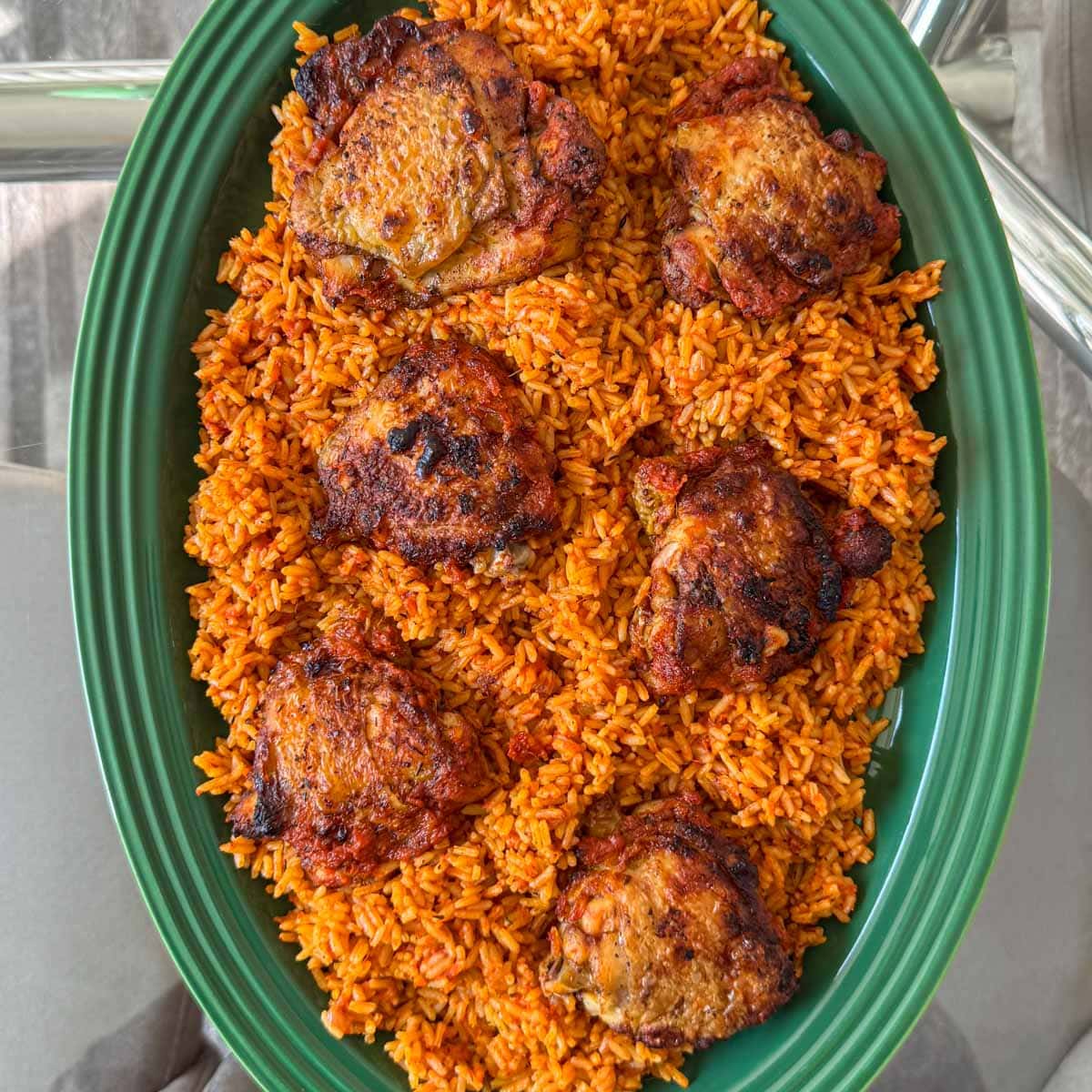Sausage Ragu is one of those classic dishes that never fails to deliver on rich, comforting flavours. This mouthwatering meat sauce is perfect for an indulgent meal, with the robust taste of sausages and aromatic herbs blending together into a beautifully savoury dish.
It’s all about patience when making this ragu. Allowing the flavours to develop over time is what makes the sauce so delicious. In just two hours, you’ll be rewarded with a rich, hearty sauce that’s perfect on pasta or even as a base for lasagna. Whether you’re cooking for a family dinner or planning to serve a crowd, Sausage Ragu is a fantastic option that ticks all the boxes: it’s satisfying, full of flavour, and easy to make.
Table of Contents
- Ingredient Breakdown
- Patience Is Key
- Searing Sausage for Maximum Flavour
- Cooking with Fresh Herbs
- Ragu Serving Suggestions
- More Ragu Recipes
Ingredient Breakdown
- Pork Sausage Meat: This is the base of the ragu, offering rich flavour and a tender texture. The sausage meat should be high quality, as it provides the bulk of the sauce’s taste.
- Extra-Virgin Olive Oil: Used for searing the meatballs and softening the onions. Olive oil adds a touch of richness and depth to the sauce.
- Sweet Onions: Their natural sweetness helps to balance the savoury components of the sauce, forming a flavourful base.
- Garlic Cloves: These add a punch of aromatic goodness, infusing the sauce with a deep, garlicky flavour as it cooks.
- Fresh Rosemary: The fragrant, earthy notes of rosemary bring complexity and a subtle pine-like aroma to the ragu.
- Fresh Sage: Sage complements the rosemary with a soft, herby flavour that works beautifully in this hearty sauce.
- Tomato Purée: This concentrated tomato paste is the backbone of the sauce. It provides a deep, rich tomato flavour that binds everything together.
- White Wine: Adding acidity and a touch of sweetness, white wine helps to deglaze the pan and enrich the sauce.
- Whole Peeled Plum Tomatoes: Crushed by hand, these tomatoes offer a fresh, juicy texture that adds body to the ragu.
- Chicken Stock: A savoury base liquid that gives the sauce a rich, comforting feel without overpowering the other flavours.
Whole Milk: The milk rounds off the sauce, adding a creamy richness and mellowing out the acidity of the tomatoes.
Patience Is Key
One of the most important things to remember when making Sausage Ragu is that good things take time. While the recipe is straightforward, the real magic happens as the sauce simmers slowly, allowing the flavours to meld and deepen. This long, slow cook time is essential to creating that rich, well-rounded taste that is characteristic of a great ragu.
By allowing the sausage meatballs to cook for an hour and a half or more, you’re letting all the ingredients come together into a unified sauce that’s more than just the sum of its parts. The slow simmering process breaks down the sausage, allowing it to blend seamlessly with the onions, garlic, and herbs. The milk and stock enrich the sauce, creating a luscious texture that coats pasta beautifully.
In a rush? It’s tempting to speed up the process, but you’ll miss out on the full flavour. Low and slow is the way to go with Sausage Ragu. The extra time spent is what makes the dish so incredibly satisfying.
Searing Sausage for Maximum Flavour
The step of forming and searing the sausage meatballs might seem unnecessary at first glance, but it’s an essential technique in making Sausage Ragu. When the meatballs hit the pan, they develop a rich, browned crust that brings out a deep, savoury flavour. This searing process isn’t just about aesthetics. It’s all about building layers of flavour that will infuse the sauce.
Browning the meatballs also allows you to caramelise the sugars in the sausage and create a fond at the bottom of the pan. This fond, which forms as the meat browns, adds complexity to the sauce once you deglaze the pan with white wine. As the liquid reduces, it picks up all the flavour from the fond, enriching the ragu with deep, savoury notes. It’s a step that truly elevates the final dish, giving the ragu a well-rounded, full-bodied taste.
Cooking with Fresh Herbs
Fresh herbs are another crucial element of Sausage Ragu. Rosemary and sage in particular bring unique, complementary flavours to the dish. The earthy, pine-like aroma of rosemary works beautifully with the rich sausage. Meanwhile the soft, slightly peppery taste of sage adds an aromatic depth to the sauce.
When using fresh herbs in cooking, timing is everything. Add the rosemary and sage at just the right moment, after the onions and garlic have softened, but before the tomato purée is added. This gives the herbs time to release their oils and flavours into the sauce. Overcooking herbs can result in a bitter taste, so be sure to add them early enough to infuse the sauce but not so early that they lose their vibrancy.
Together, these herbs infuse the Sausage Ragu with a delightful fragrance that makes each bite irresistible. The combination of rosemary and sage is traditional in many Italian meat sauces and adds a depth that’s both aromatic and comforting.
Ragu Serving Suggestions
While Sausage Ragu is commonly served with pasta, there are many ways to enjoy this versatile sauce. For a classic, satisfying meal, toss the ragu with al dente pasta, such as rigatoni, pappardelle, or tagliatelle. The sauce clings to the pasta, coating every bite with its rich, meaty flavour.
Alternatively, use Sausage Ragu as a base for a delicious lasagna. The hearty, flavourful sauce works wonderfully as a filling for layered pasta, cheese, and béchamel, making for a comforting dish perfect for a family dinner or special occasion.
If you’re looking to serve a lighter option, you could also pair the ragu with roasted vegetables or a simple side salad. The richness of the sauce is balanced beautifully by the freshness of a crisp salad, while roasted vegetables add an extra layer of flavour to the meal.
More Ragu Recipes
If you’re looking for some recipes like this Sausage Ragu, here are some of my go-tos:
- Vegan Bolognese (Ragu): A delicious, rich plant-based ragu with mushrooms and Puy lentils.
- Harissa Lamb Ragu: With smoky harissa, warm spices, and a splash of red wine, This ragu is all about layering flavours to create a pasta sauce that’s both hearty and deeply satisfying.
- Slow Cooked Brisket Ragu: Rich and indulgent featuring beef brisket, slow-cooked until it’s falling apart. It’s a real winner.
See how I make all these recipes and more over on my Instagram!
Sausage Ragu
5 Stars 4 Stars 3 Stars 2 Stars 1 Star
No reviews
A delicious, rich meat sauce with layers upon layers of flavour. The key to a tasty ragù is patience. Getting that depth of flavour takes time—it’ll take around 2 hours from start to finish—but most of that time is hands-off. Serve with pasta or use it as a base for a tasty lasagna.
- Prep Time: 15 minutes
- Total Time: 2 hours
- Yield: 4 1x
- Category: Pasta, Meat
Ingredients
- 500 g good-quality pork sausage meat
- extra-virgin olive oil
- 2 sweet onions, finely chopped
- 2 large garlic cloves, finely chopped
- 3 sprigs fresh rosemary, leaves only, finely chopped
- 6 fresh sage leaves, finely chopped
- 2 tbsps double concentrated tomato purée
- 200 ml white wine
- 1 x 400g tin of good-quality whole peeled plum tomatoes, hand-crushed
- 150 ml chicken stock
- 150 ml whole milk
Instructions
- Form your sausage meat into ping-pong ball-sized meatballs (they don’t need to be perfect; they’ll be ground up later). While this might seem like a superfluous step, it actually adds huge depth of flavour. Forming the sausage meat into meatballs enables you to get a great sear on the meat (sear = flavour!) without overcooking it. A great tip I learnt from Bon Appétit.
- Heat a splash of extra-virgin olive oil in a large saucepan over medium-high heat (I like to use a Dutch oven). Sear the meatballs, turning occasionally, until browned on all sides. If it looks like the bottom of the pot is catching, lower the heat – browning is good, burning not so much! Once browned, transfer the meatballs to a plate or shallow bowl.
- Turn the heat down to medium. Add the onions and season with sea salt and freshly-ground black pepper. Cook, stirring occasionally, until nice and soft, around 5 minutes. Add the garlic, rosemary and sage and cook for 1 minute, stirring constantly.
- Add the tomato purée and cook, stirring frequently, until it begins to darken, 2 to 3 minutes. Add the white wine and cook, stirring occasionally, until it is reduced by around ¾, 3 to 4 minutes.
- Add the crushed tinned tomatoes, chicken stock and milk and turn the heat up-to high. Season with sea salt and freshly-ground black pepper and stir to combine. Return the sausage meatballs to the pot and bring the sauce to a simmer.
- Reduce the heat to low, cover the pot and simmer for 1 ½ to 2 hours, or until the sausage meatballs are nice and tender.
- Using a potato masher, break up the meatballs into a nice mince. Season, to taste, then serve. Enjoy!
